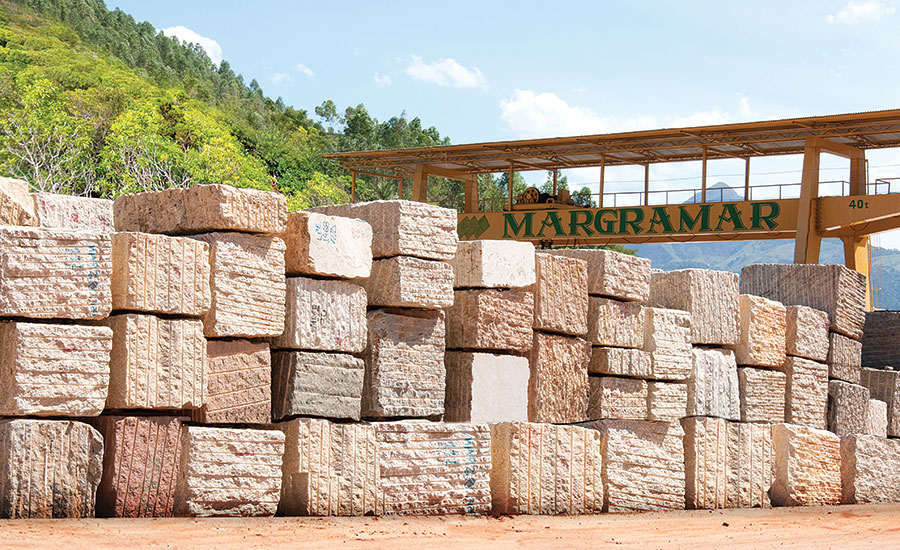Travelling Through Granite Quarries in South Africa: A Visual Odyssey
Travelling Through Granite Quarries in South Africa: A Visual Odyssey
Blog Article
Introducing the Mysteries of Granite Quarrying: Where Toughness and Beauty Meet
The globe of granite quarrying is a world where the raw toughness of nature converges with human creativity to produce frameworks that stand the examination of time with an air of elegance. From the depths of quarries to the careful sprucing up in workshops, the procedure of changing granite into architectural marvels is a complicated dance of custom and technology. As we peer right into the depths of this ancient craft, we begin to uncover the covert ins and outs that form the really significance of our constructed setting.
The Beginnings of Granite Quarrying
In the annals of architectural history, the beginnings of granite quarrying are shrouded in a tapestry of old workmanship and geological marvels. Going back to old Egypt and Mesopotamia, the extraction of granite from quarries marked the beginning of a trip that would ultimately bring about the creation of some of the world's most iconic structures.
Granite quarrying's origins can be mapped to the skilled artisans that acknowledged the stone's durability and aesthetic allure. With a combination of primitive tools and sheer determination, these early quarry workers discovered granite blocks that would certainly end up being the foundation of people.
As worlds advanced, so did the strategies of quarrying granite. The Romans, renowned for their design expertise, created sophisticated techniques for extracting granite to construct monoliths, holy places, and roads that stood the test of time.
The legacy of these old quarrying techniques remains to form contemporary architecture, with granite continuing to be a sign of toughness and style in construction tasks around the world. (granite quarries in south africa)
Tools of the Quarrying Trade
The evolution of granite quarrying methods from old people to modern-day times highlights the vital function played by the tools of the quarrying sell forming the market's methods. In ancient times, quarrying tools were basic, commonly including blades, hammers, and wedges made from materials like bronze or iron. These tools required substantial workforce and time to remove granite blocks from quarries.

Additionally, the intro of pneumatically-driven tools and high-powered equipment has significantly minimized the physical labor called for in quarrying procedures, boosting worker safety and security and productivity. As the quarrying sector continues to introduce, the devices of the trade remain at the forefront of driving development and forming the future of granite extraction.
Removing Blocks of Granite
Making use of accuracy equipment and advanced techniques, the extraction of granite obstructs from quarries has become an advanced process in the modern-day directory quarrying sector. Controlled blasting methods are then utilized to break apart the granite into manageable sections.

Polishing and Completing Strategies
To more attain a remarkable surface on granite blocks, experienced artisans employ a collection of meticulous sprucing up and completing methods. After the initial extraction and forming processes, the granite obstructs undergo a thorough polishing stage to boost their all-natural elegance and longevity.
In addition to polishing, finishing strategies are used to more fine-tune the granite's appearance. By thoroughly selecting and applying these brightening and ending up methods, artisans can transform raw granite obstructs right into charming pieces that showcase both toughness and style.

Environmental Effect and Sustainability
With the growing focus on ecological awareness in the industry, granite quarrying practices are progressively inspected for their influence on all-natural sources and lasting original site sustainability. Additionally, the transportation of granite from quarries to processing facilities produces carbon discharges, additionally adding to ecological destruction.
To minimize these influences and ensure sustainability in granite quarrying, industry stakeholders are adopting various steps. Executing sophisticated innovations to decrease power intake and water use, redeeming quarried land for eco-friendly restoration, and advertising liable sourcing techniques are some approaches being used. In addition, qualifications such as the Woodland Stewardship Council (FSC) and the Leadership in Energy and Environmental Design (LEED) aid customers recognize ecologically friendly granite products.
Verdict
To conclude, granite quarrying is a process that calls for specialized tools and strategies to essence blocks of granite and brighten them to a high level of finish. While the ecological impact of quarrying can be substantial, efforts are being made to boost sustainability practices in the sector. In general, granite quarrying is a fragile balance in between utilizing the toughness and beauty of this all-natural stone while lessening its impact on the atmosphere.
Report this page